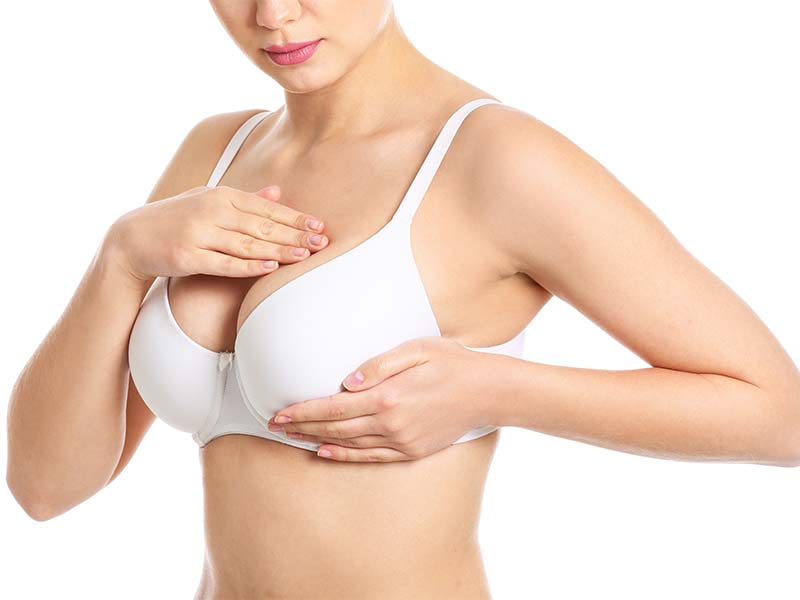Frequently Asked Questions
1. What is Mastopexy?
Mastopexy is the medical name for breast lift. In this procedure, a plastic surgeon lifts and reshapes your breasts to create a firmer, rounder appearance. The surgery also removes excess skin around your breast and reduces the size of your areola (the colored circle on your nipple).
2. What is the difference between breast lift (Mastopexy) and breast reduction?
The main difference in the procedures is that breast lift does not change the size of the breasts. They will not get any bigger or smaller, whereas breast reduction significantly reduces the size and weight of the breasts by removing more internal fat and tissue.
3. When should you consider Breast Lift?
You might consider a breast lift if:
- Your breasts are sagging. They have lost their shape and volume or become straighter and taller,
- When your breasts are not supported, your nipples fall under your breast folds,
- Your nipples and areola point down,
- If your areola is disproportionately elongated in relation to your breasts,
- If your breasts are not at the same height.
4. Is Breast Lift procedure permanent?
Breast Lift results may not be permanent. As you age, your skin naturally becomes less elastic and some sagging may occur, especially if you have larger, heavier breasts. Maintaining a stable, healthy weight can help you maintain your results.
5. What about the recovery of this treatment?
Your breasts may be swollen and sore for several weeks after surgery. Your plastic surgeon will give you medicine that will relieve your pain. You can also apply ice to your breasts to relieve swelling and pain. You will need to wear a surgical bra or a wire-free bra for two to three weeks after surgery. You should also sleep on your back and support it with pillows keeping elevated. The pain, bruising, and swelling should go away after a few weeks. It may take between 2 and 12 months for your breasts to reach their final shape. You should avoid heavy lifting and other heavy exercises for at least two to four weeks after surgery.




-02.jpg)